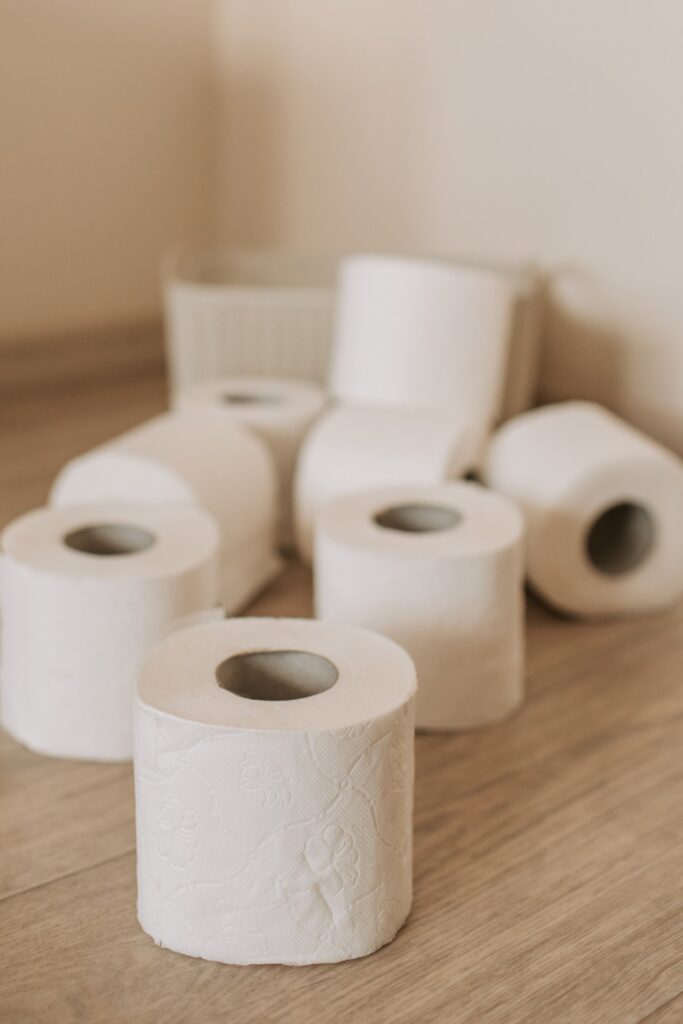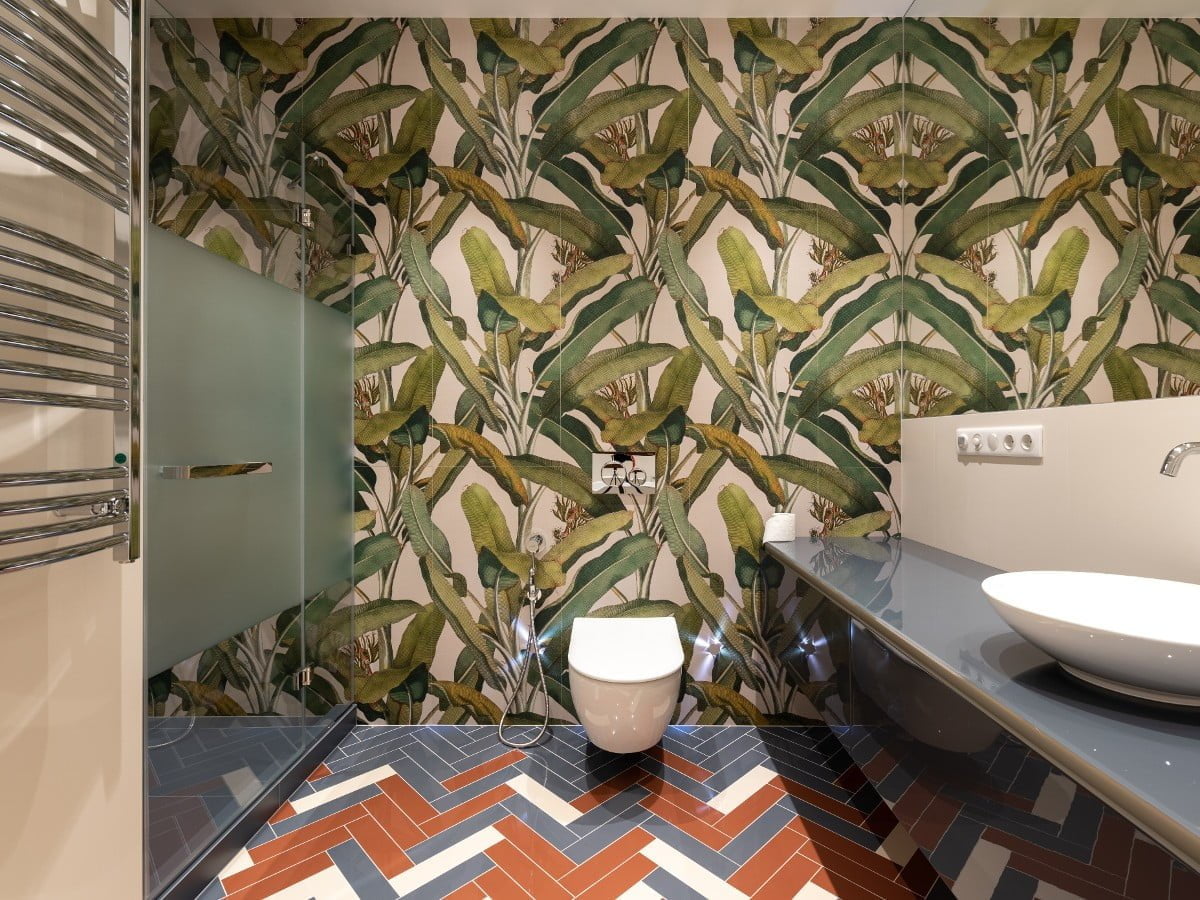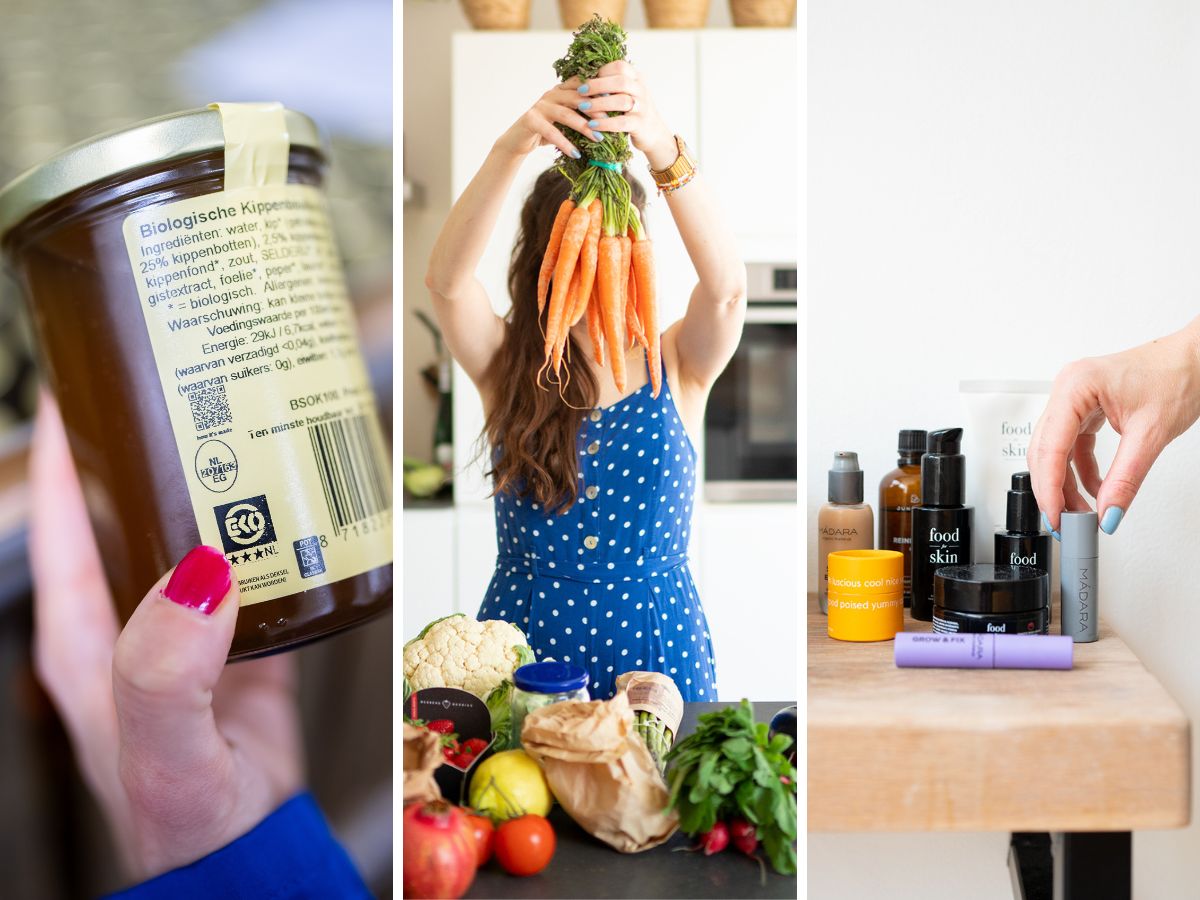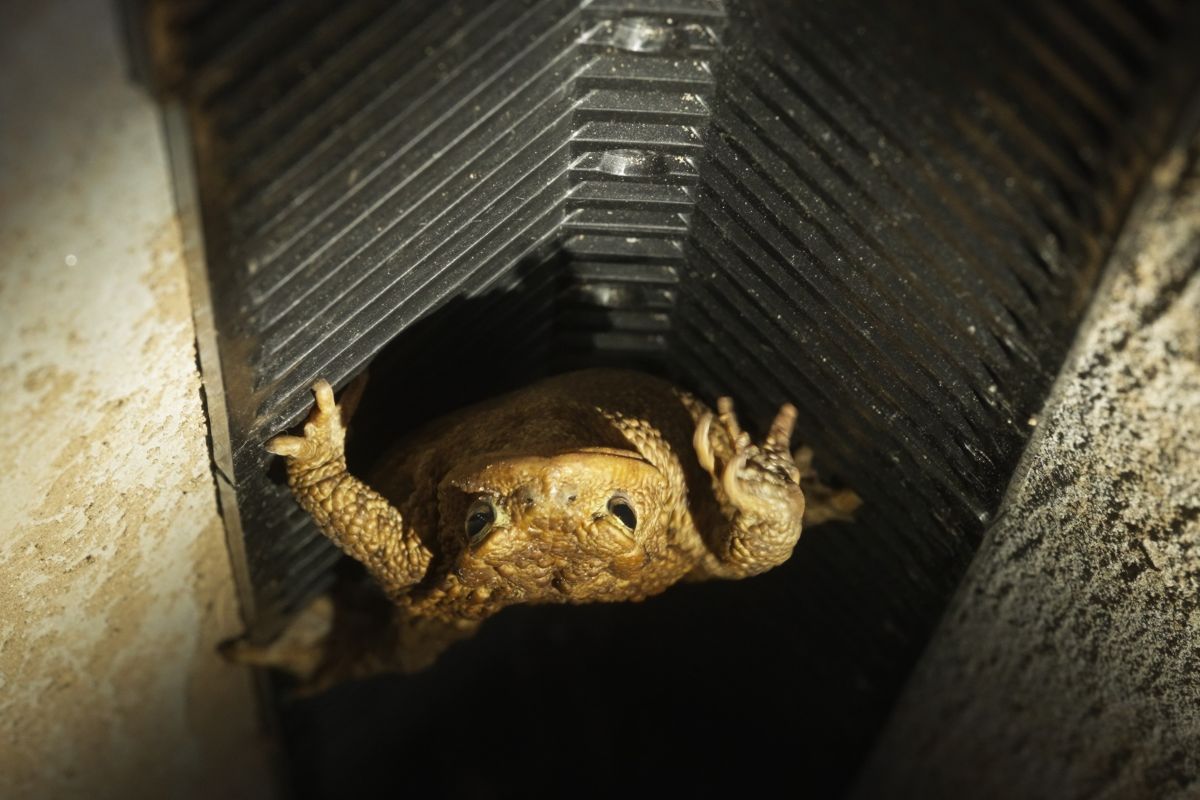You visit it about five times a day: the toilet. It's the smallest room in the house, but one that has a big impact on your carbon footprint. Flushing, washing hands, cleaning... it's all necessary. But how can you ensure a more eco-friendly toilet? We went to find out!
Aspects of an eco-friendly toilet
There are many different ways you can use the toilet more sustainably. You may be thinking mainly about water use, but don't forget the impact of toilet paper, detergents, toilet cubes and hand soap. I dived into the world of sustainable toilet paper, ecological cleaning products and saving on your water consumption. All for a more eco-friendly toilet!
Toilet paper: sustainable or not?
You probably don't think about it, but toilet paper is a major waste creator. So it plays a big role (no pun intended) in the transition to a sustainable toilet. The average Dutch person uses 8.6 sheets of toilet paper per visit. That's about 75 rolls per year. So the whole of the Netherlands together flushes about 22,000 km of toilet paper into the sewer every day! Its production has a major impact on the environment. For instance, one roll requires 140 litres of water, 1.3 kWh of electricity and 0.7 kg of wood. Among other things, trees are cut down for this; to provide a person with toilet paper for a lifetime, some 384 trees are needed! When it comes to toilet paper, how can we ensure a sustainable toilet?
Use less toilet paper
The most radical solution is to stop using toilet paper. As an alternative, you can opt for a shower toilet or bidet. Their use costs water, but because you use less or no toilet paper, less flushing water is needed. Not only do you save trees this way, but the production, packaging and transportation impact of paper is also eliminated. Is completely saying goodbye to toilet paper going too far for you? Then try consciously using fewer sheets. Are you a ‘propper’? Then make sure you fold the sheets from now on: that already makes a big difference. This more sustainable use will help both the environment and your wallet!
Sustainable toilet paper
So using less toilet paper is important, but the material also matters a lot for sustainability. These days, fortunately, there is more environmentally-friendly produced toilet paper on sale than a few years ago, such as from The Good Roll. Want to buy a sustainable alternative to regular toilet paper? Then at least go for paper made from recycled material. That will reduce air pollution by as much as 74%! Unfortunately, only half of Dutch toilet paper is made of recycled paper. In addition, make sure the paper is free of chemicals, fragrances and dyes. Better for the environment, but also for your skin. You can also buy bamboo toilet paper, which is even more environmentally friendly and softer. For more on sustainable toilet paper, read this article.

A sustainable step into the smallest room: toilet paper made from recycled paper, without chemicals.
Sustainable water use for an eco-friendly toilet
Besides using eco-friendly toilet paper, you can also gain a lot in terms of sustainability by paying attention to your toilet water use. Every day, your toilet uses about 30% of your total water consumption. An old-fashioned toilet uses about 10 litres of water per flush. Most households in the Netherlands have a more modern toilet, with a smaller tank (about six litres) and an economy button or flush interrupter. To my surprise, however, research shows that a third of Dutch people never use this button. So there is a lot to gain here! By using the right button at the right time, you can save half. It is also useful to replace old toilets. New variants have a smaller tank and are therefore automatically more environmentally friendly.
Eco-friendly toilet alternatives
Do you have a toilet with an old-fashioned cistern without an economy button and can't replace it? Or do you just want to save even more water? Then you can save by, for example, collecting your shower water in a bucket and using it to flush the toilet. There is also an easy trick to reduce the volume of large cisterns: put a plastic bottle filled with water or a brick in it. This saves an average of 1,825 litres of water per person every year. A small effort, but immediately a much more eco-friendly toilet!
What can and cannot you flush?
Don't flush anything down your toilet other than the 3 P's: poo, pee and paper. Do you like to use wet toilet paper? Then throw it in the bin after use, even if the packaging says it can go down the toilet. This is because most wipes contain microplastics. Moreover, damp wipes do not disintegrate easily, causing sewer blockages. You can read more about the problems with damp toilet paper in this article. Tampons, frying fat, cleaning wipes, soup and chemical waste should also not be disposed of in the toilet. It's bad for your pipes and sewage system, takes a lot of time and money to remove from the water and affects the environment. Totally out of place in your eco-friendly toilet habits, then! Soapy water with detergents should be flushed down the drain and not thrown in the street or garden.


You can decorate your toilet more sustainably, which immediately makes the smallest room a lot more atmospheric. But you can make a real difference by more environmentally friendly cleaning agents try and by using the small button more often to save water.
Environmentally friendly toilet cleaning
Chances are you do know that chlorine does not belong in an eco-friendly toilet. It does not biodegrade well, the air is harmful when inhaled and it takes a lot of energy and transport to make chlorine. But the environmental aspect is not the only one: chlorine does not help make your toilet bowl clean and limescale-free at all! Mindblowing, isn't it? In fact, chlorine only disinfects. And if you clean your toilet regularly, disinfecting is not necessary at all. Want to descale your toilet in an eco-friendly way? Then put a cloth with vinegar in your toilet bowl at night, for example. In the morning, you can easily rinse away the limescale. You can also clean the toilet with, for example, green soap, baking soda and even cola! In addition, it helps if you use a durable, plastic-free toilet brush. There are, of course, ecological cleaning products for sale, but after the recent broadcast of Keuringsdienst van Waarde their environmental friendliness has become more questionable. If you do use these more environmentally friendly detergents, pay attention to the labels and buy a refill when the bottle is empty.
Air fresheners and toilet blocks
Stuff like air fresheners and toilet cubes are also huge polluters of the environment. Think plastic, propellants and harsh chemicals. Besides, the cleaning effect of toilet cubes is not that great at all. Want your eco-friendly toilet to smell nice? Then use 100% natural alternatives based on pure essential oils, or put a few cloves in half an orange. Looks nice too!
An eco-friendly toilet is not so difficult
Inspiration enough to get started with a sustainable toilet, it seems to me! Isn't it great that you can make a more eco-friendly toilet very quickly with small adjustments?
More sustainable tips from thegreenlist.nl
- Did you already know that you can clean with good bacteria? Read all about it in this article.
- By taking shorter showers, you can save water and energy. In this article, we share the best sustainable shower tips.
- Want to know how to do laundry as sustainably as possible? We looked into it for you.
Sources: Great Glorix toilet survey, Vitens - Saving water, CBS - Water use at home (2021), Tips to save.nl, CWS: How can you reduce the environmental impact of toilet paper?, Scientific American - Wipe or wash?, From here - 5x sustainable toilet paper, Why bamboo toilet paper is the best choice, Waternet.nl - paper is okay, grease and wipes: no, Why you should put a cloth with vinegar in your toilet bowl, 3 eco-friendly alternatives to chlorine. Photo credits: Max Vakhtbovych (Pexels), Vlada Karpovich (Pexels), Karolina Grabowska (Pexels), Andrea Davis (Pexels).












